Stimulators 02/11/2025 Photo Album
Stimulators! I cannot think of a more appropriate name for this fly. They are easy to track, because they float high and dry on all those hackles, and the fish take notice. Fish are stimulated by the fuzzy image of a stimulator.
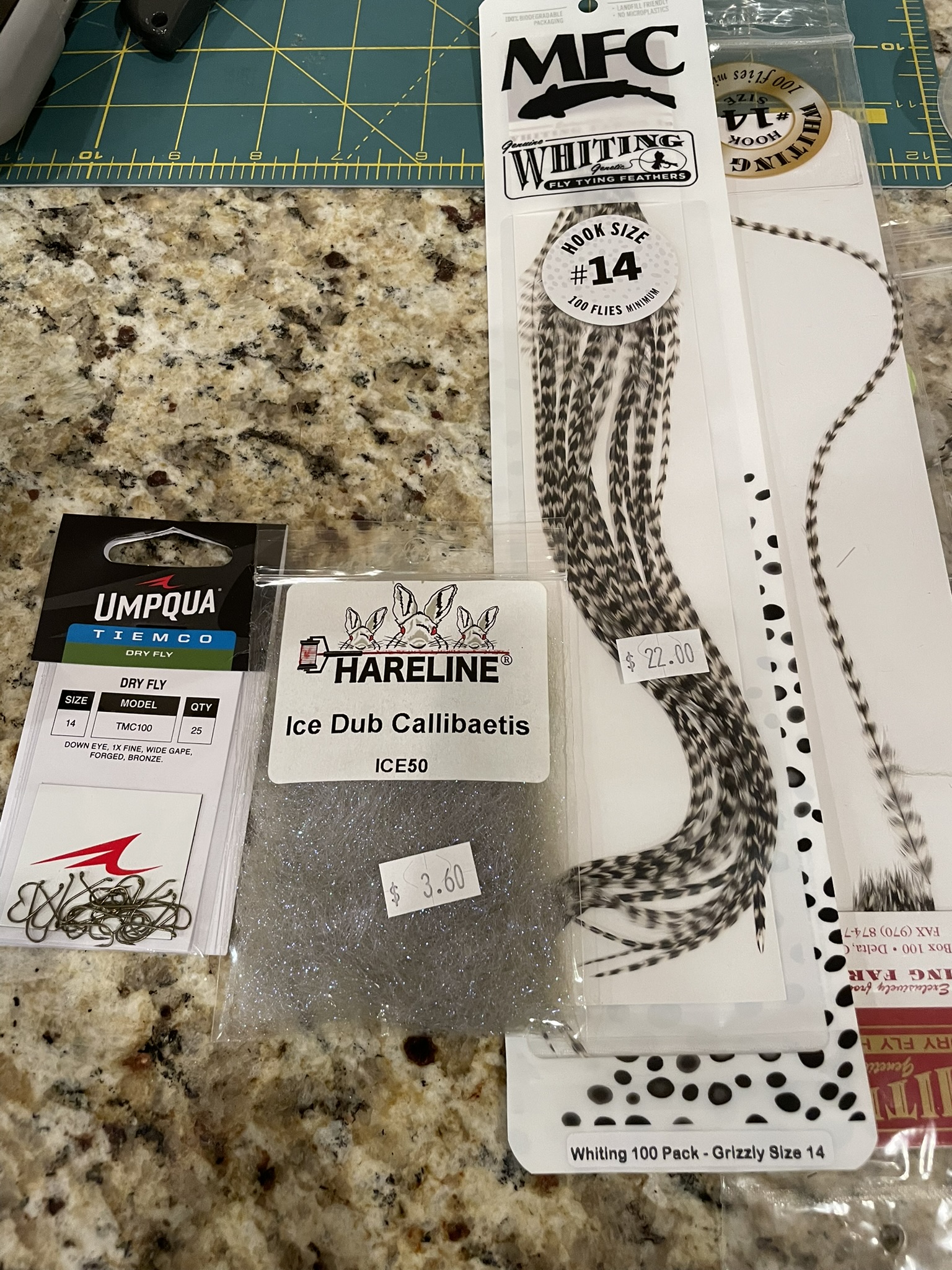 New Materials Purchased to Make Stimulators
New Materials Purchased to Make Stimulators
Check out my posts of 02/13/2024 and 02/14/2024 for additional information on this popular fly. Each has links to previous posts for deep drilling this fly further. When I journeyed to Argentina for a fishing trip at Rio Manso Lodge, I bought a fly box in preparation, and it contained quite a few stimulators. When I returned to Colorado, I decided to experiment with them, and I was quite pleased with that decision. Since then, stimulators have become a necessary fly in my fly box.
I primarily rely on three colors; yellow, gray and light olive. Yellow sees a lot of line time during golden stonefly and yellow sally seasons, and the gray and olive are effective searching patterns all year long. If trout are refusing my hippie stomper as the surface fly, I sometimes switch to a stimulator and trail a smaller dry in a double dry fly configuration. This combination is especially effective on high gradient mountains streams during the summer months.
I counted all my stimulators and determined that I was adequately supplied except for olive, so I produced six additional size 14 and 16 pale olive body stimulators. In addition, I discovered four damaged yellow stimulators in my refurbishment canister, so I repaired them to yield two more size fourteens and two size sixteens. I am very anxious to roll out my stimulators in 2025.

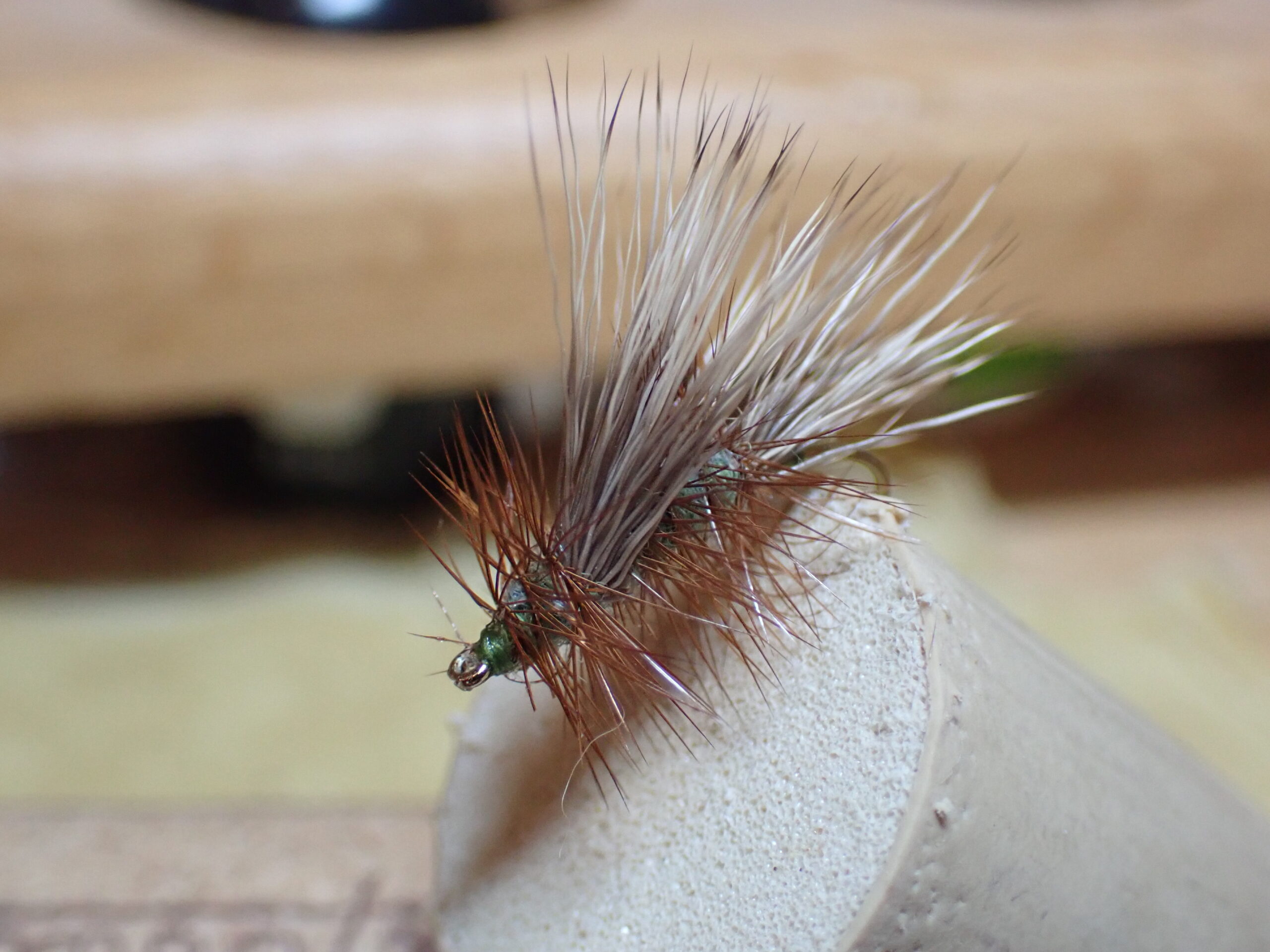 Pale Olive Body Size 14
Pale Olive Body Size 14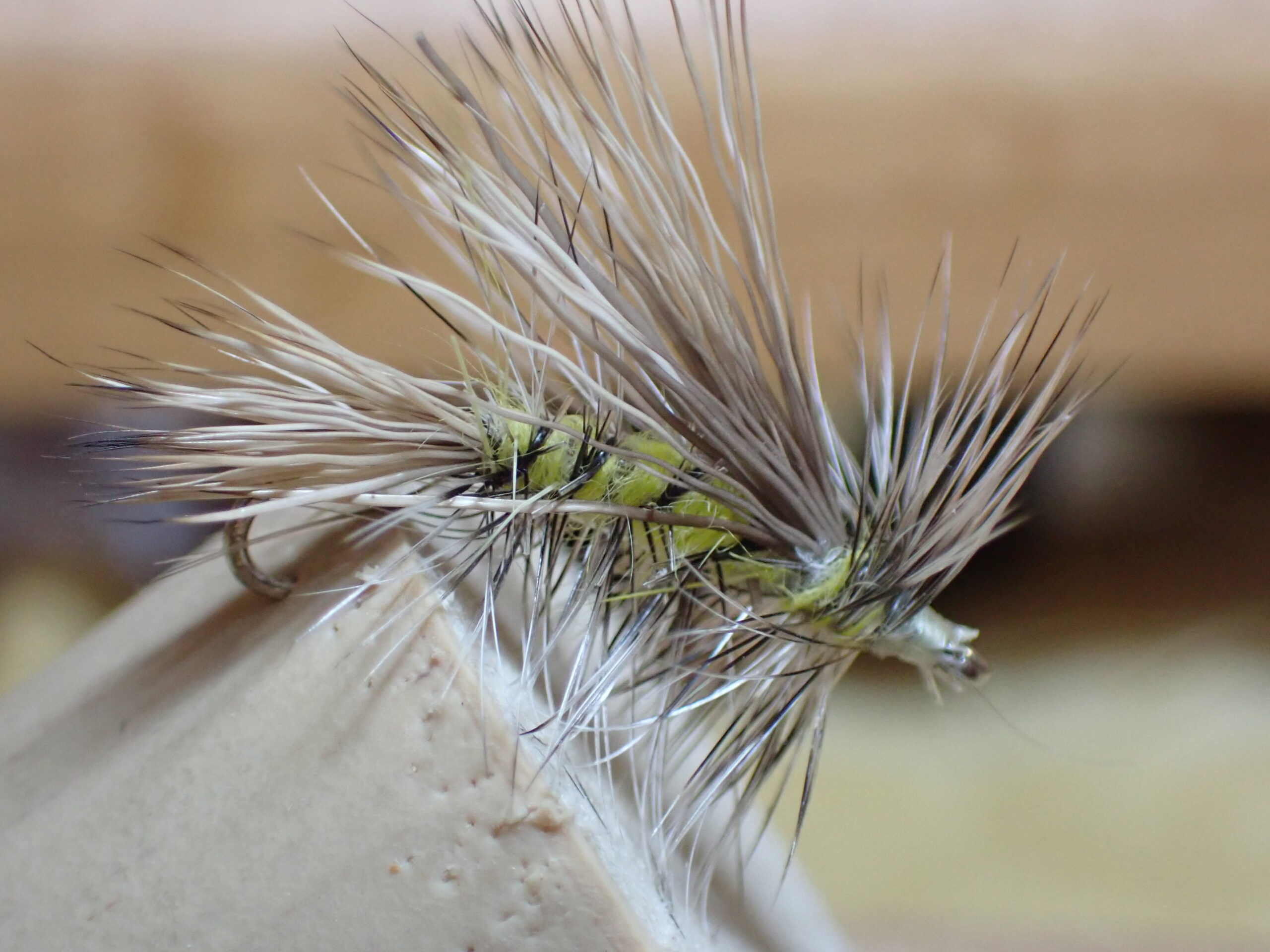 Size 14 Yellow Stimulator
Size 14 Yellow Stimulator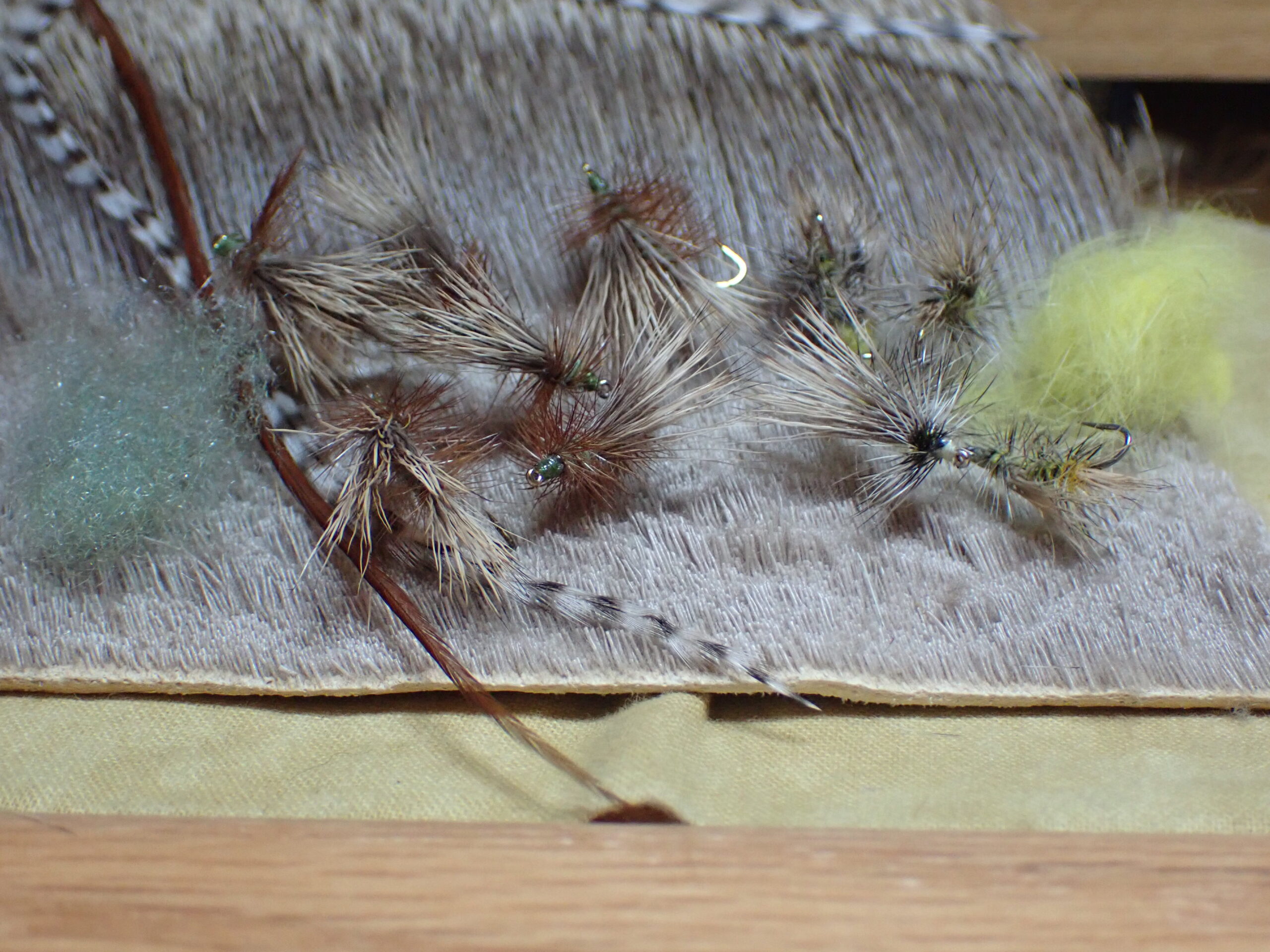 A Batch of Ten
A Batch of Ten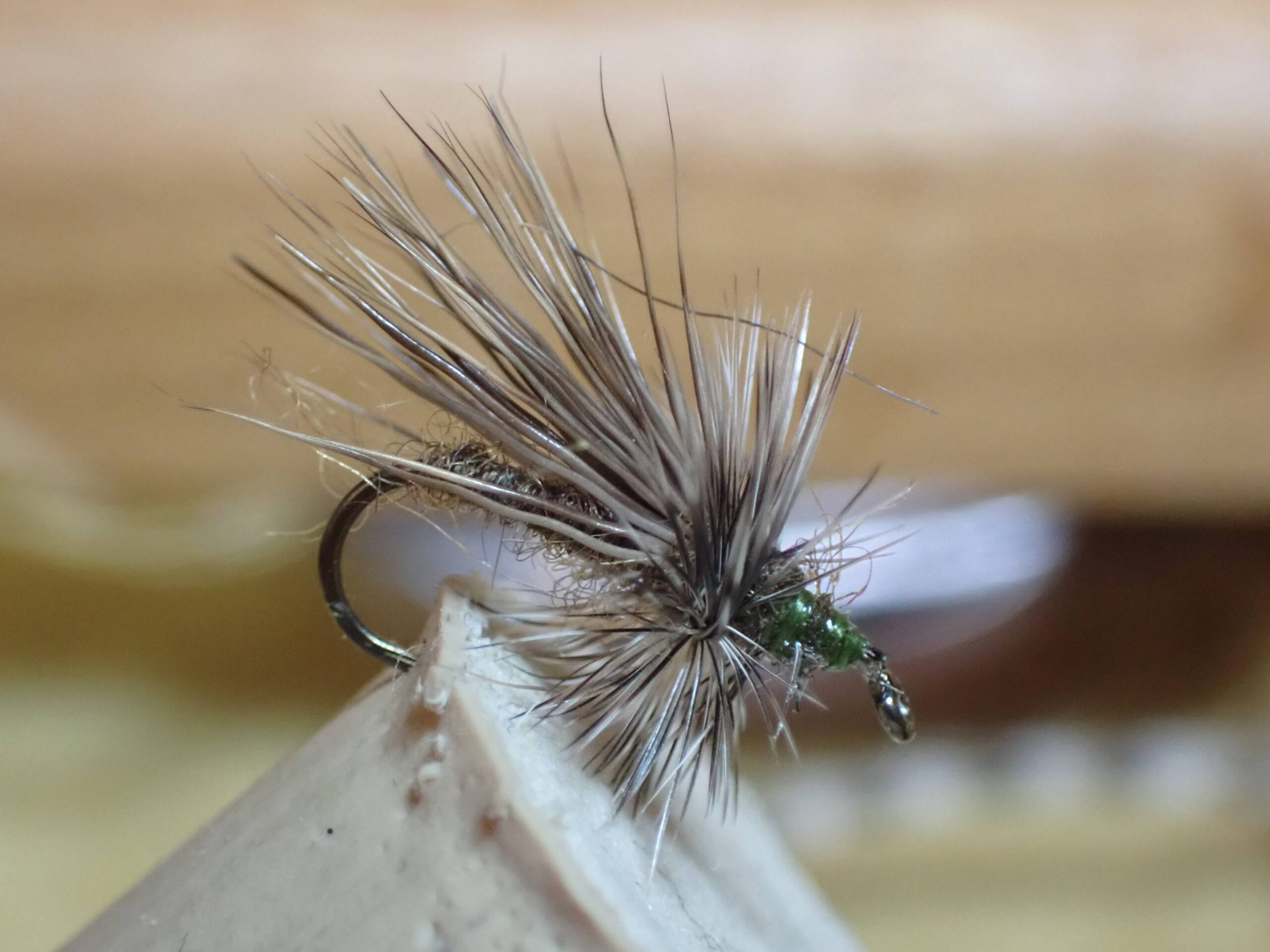 Olive-Brown Ligas Size 14
Olive-Brown Ligas Size 14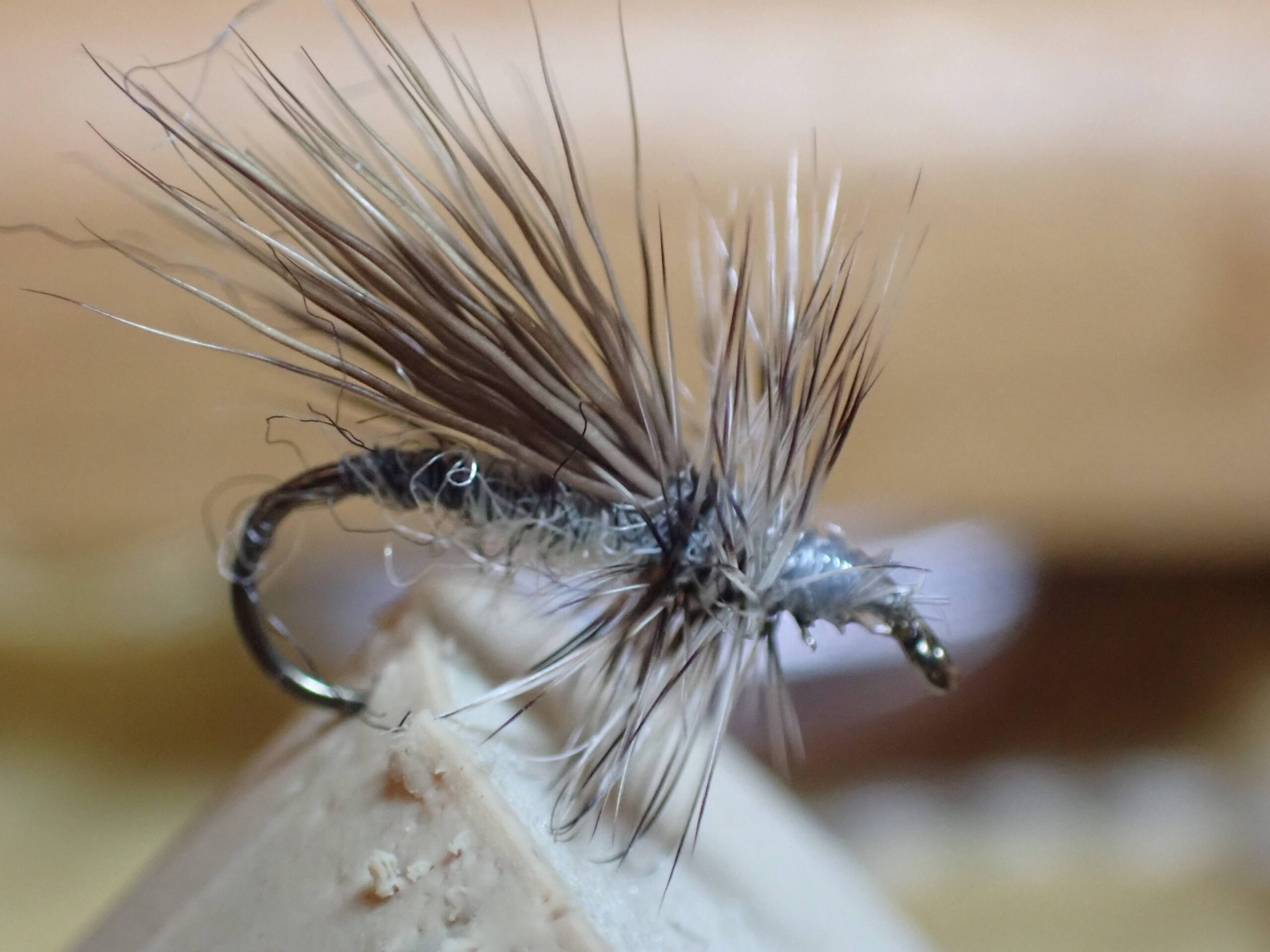 Light Gray Size 14
Light Gray Size 14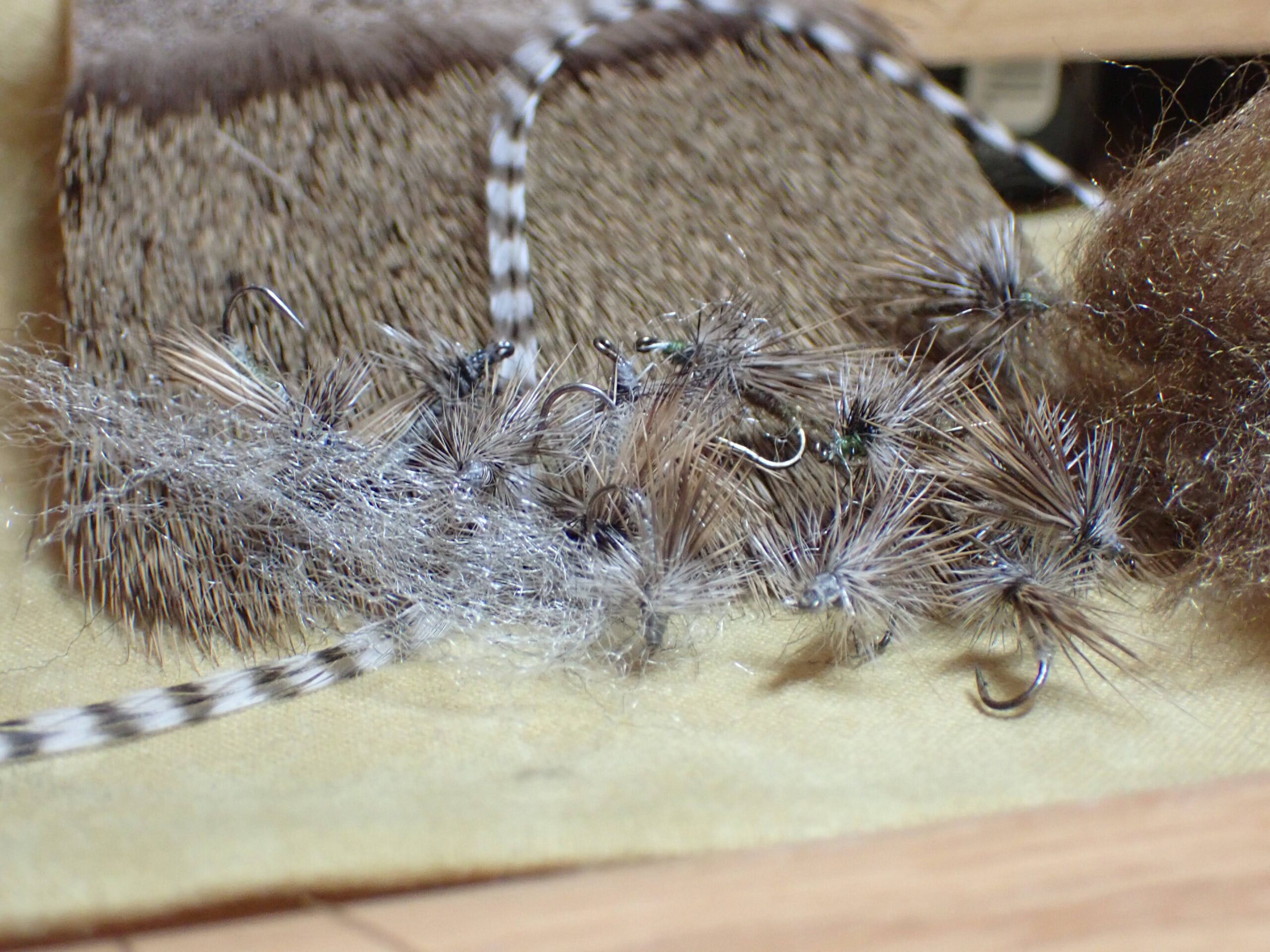 Fresh Supply of Deer Hair Caddis with Materials
Fresh Supply of Deer Hair Caddis with Materials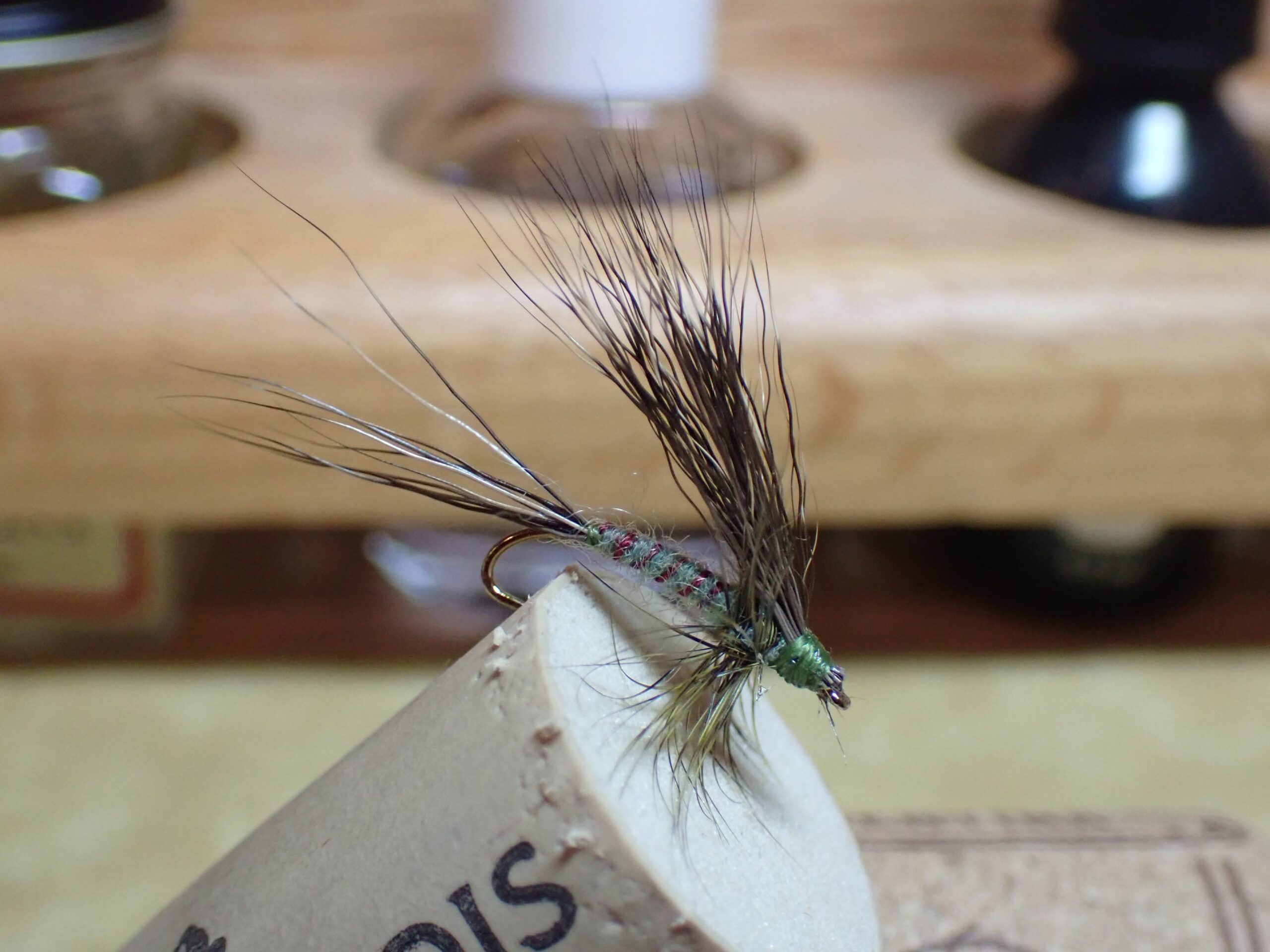 Size 14
Size 14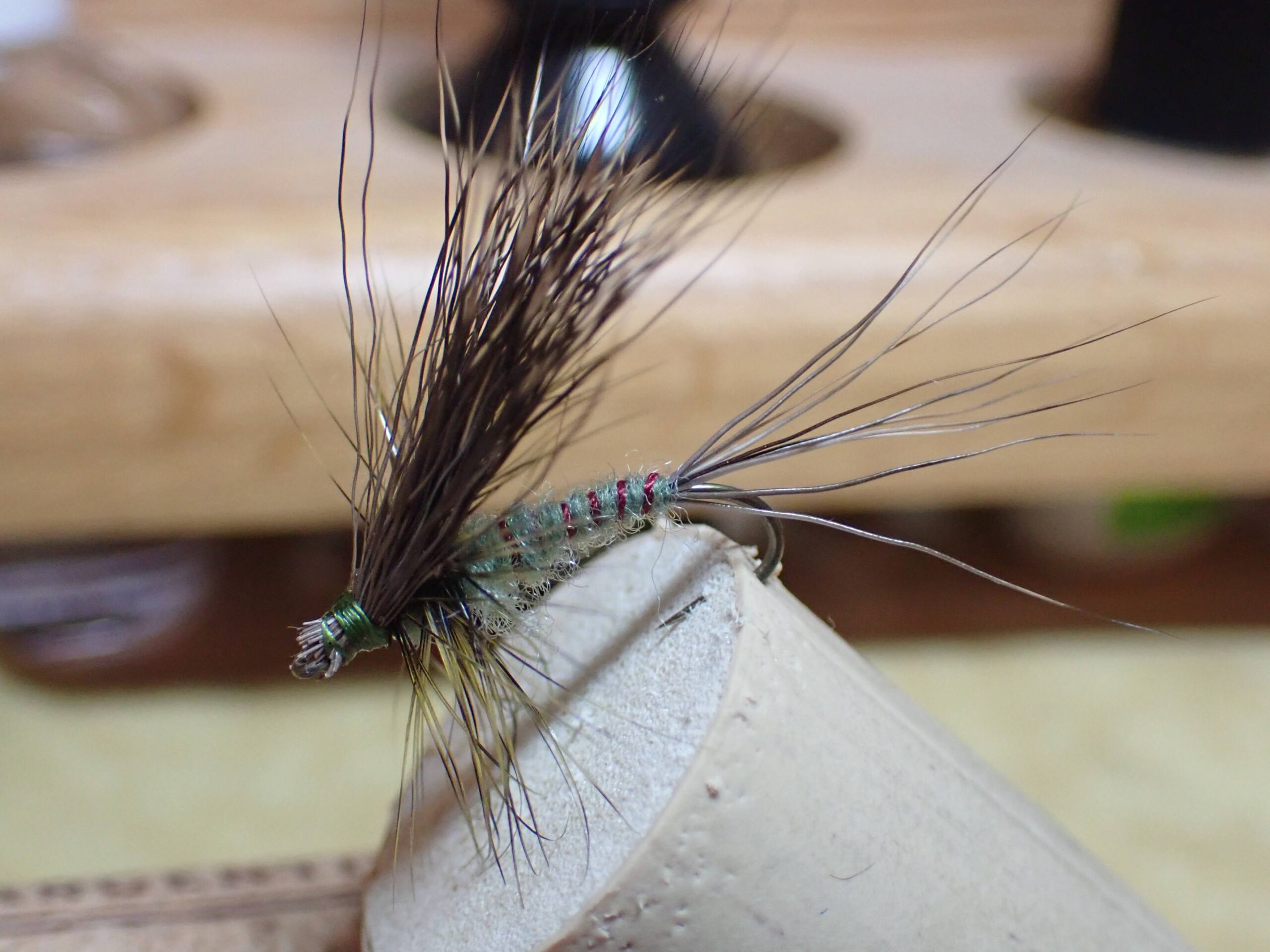 Size 12 Hovering
Size 12 Hovering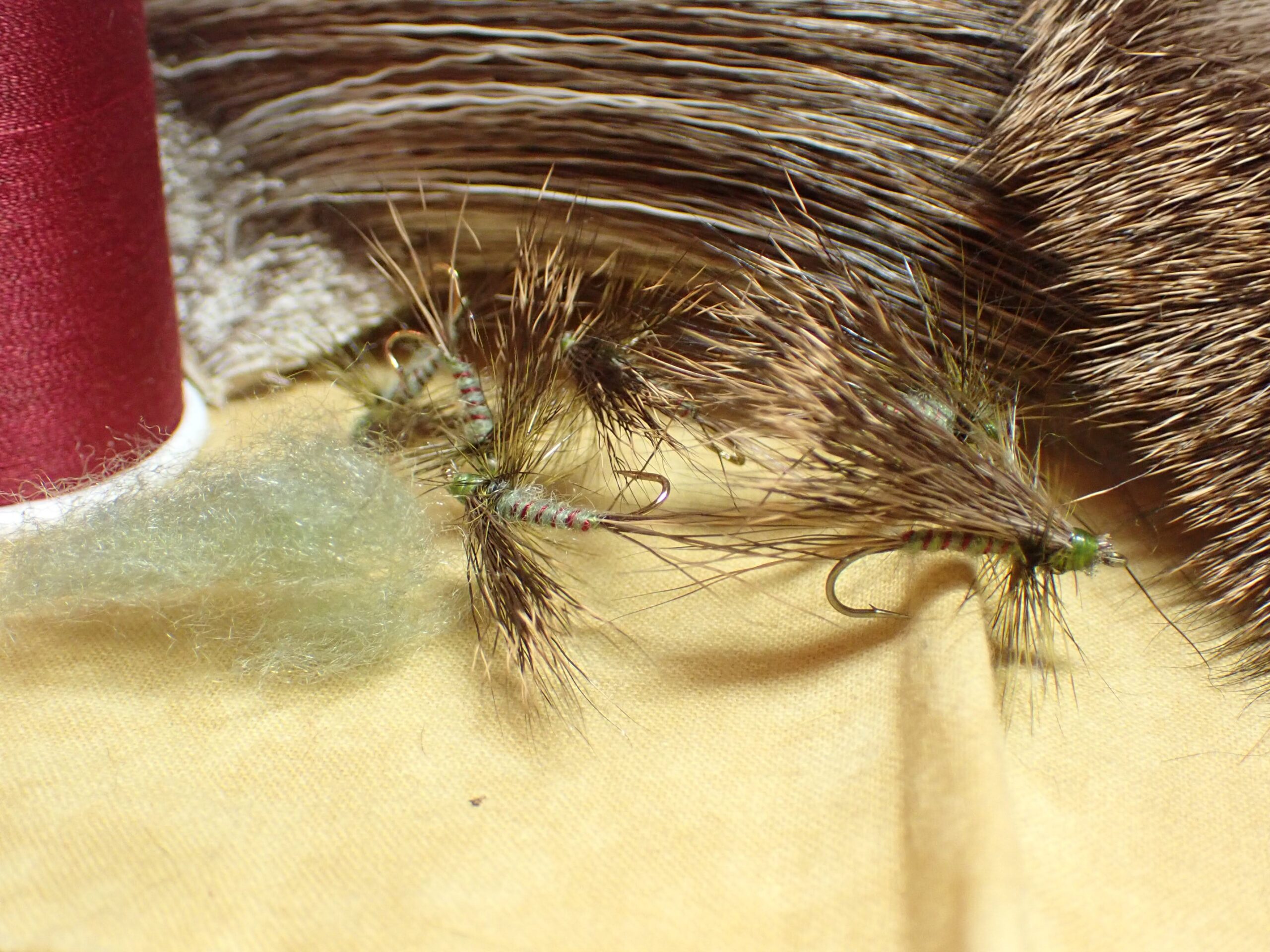 Batch of Six with Materials
Batch of Six with Materials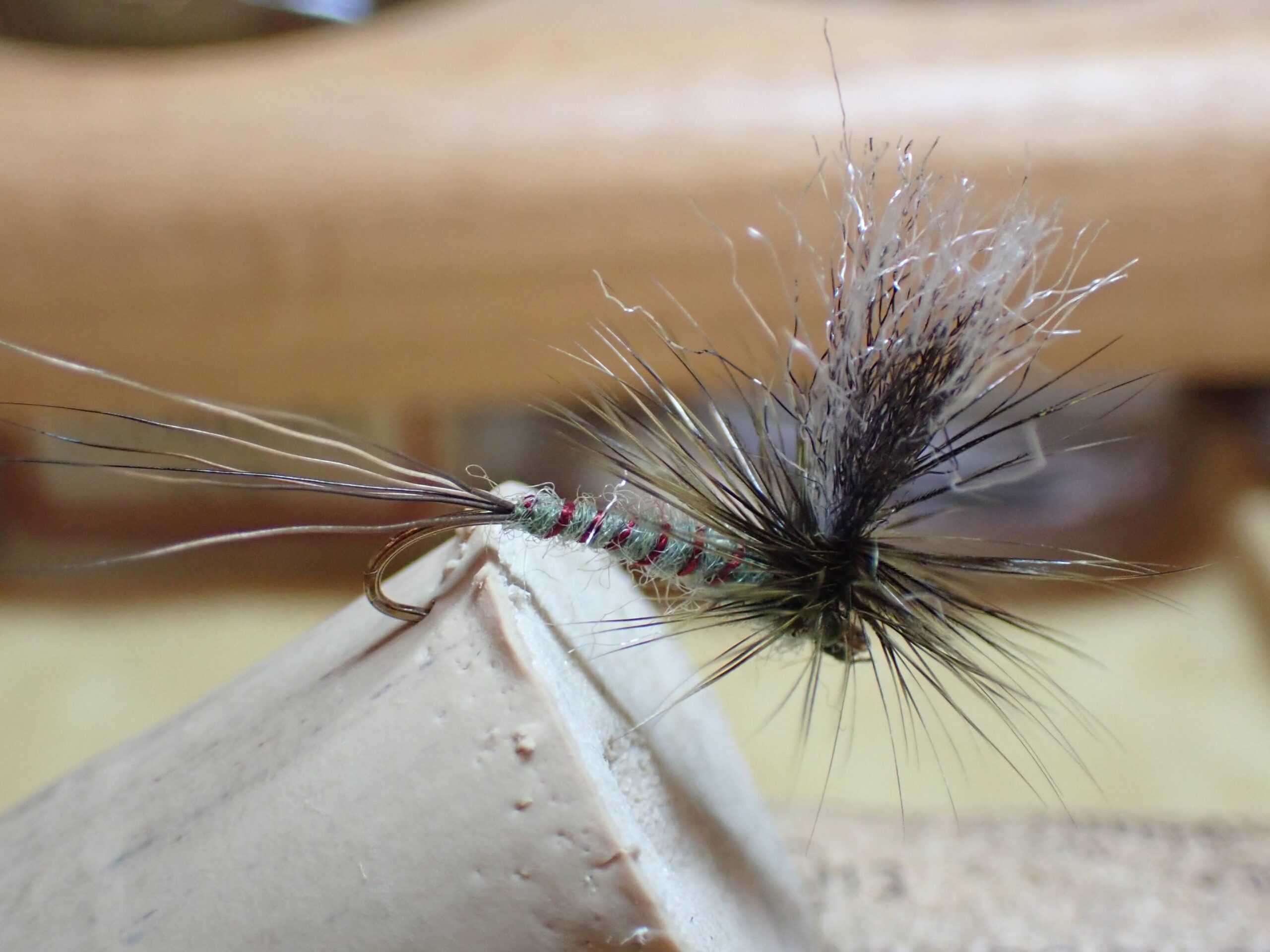 Size 14 Parachute Green Drake
Size 14 Parachute Green Drake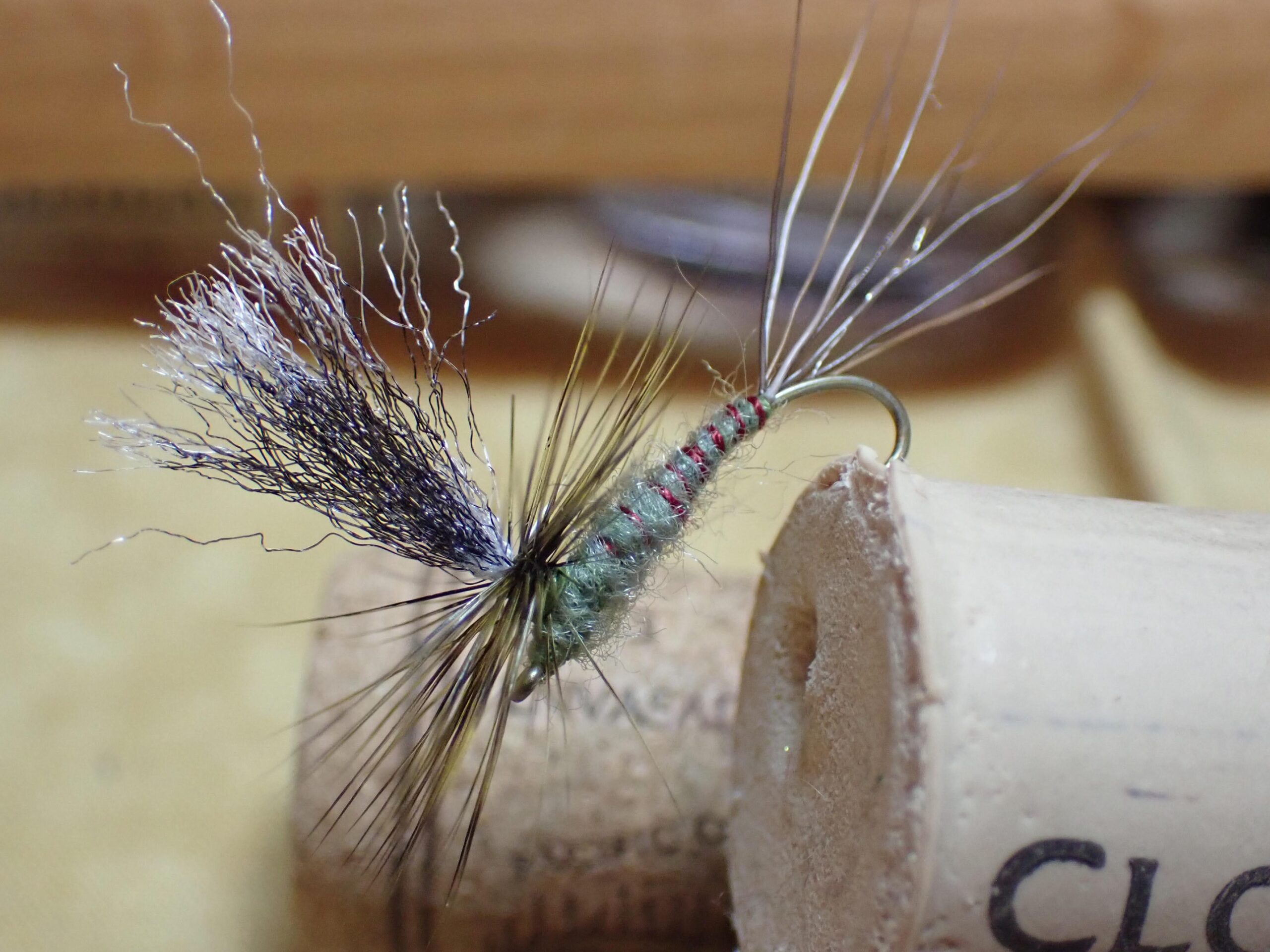 Size 12 Angled Left
Size 12 Angled Left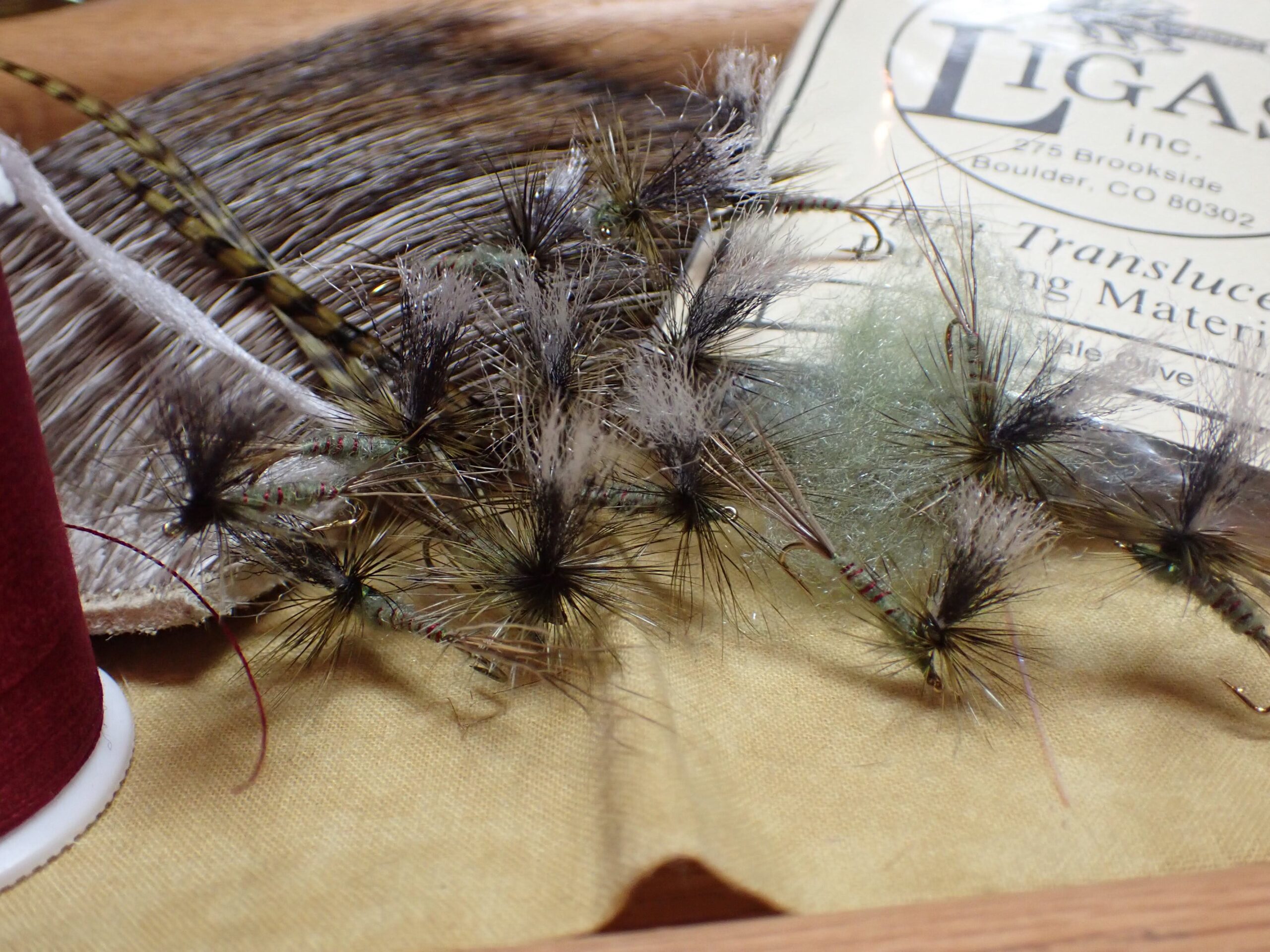 Materials Needed to Tie Parachute Green Drakes and a Batch of New Green Drakes
Materials Needed to Tie Parachute Green Drakes and a Batch of New Green Drakes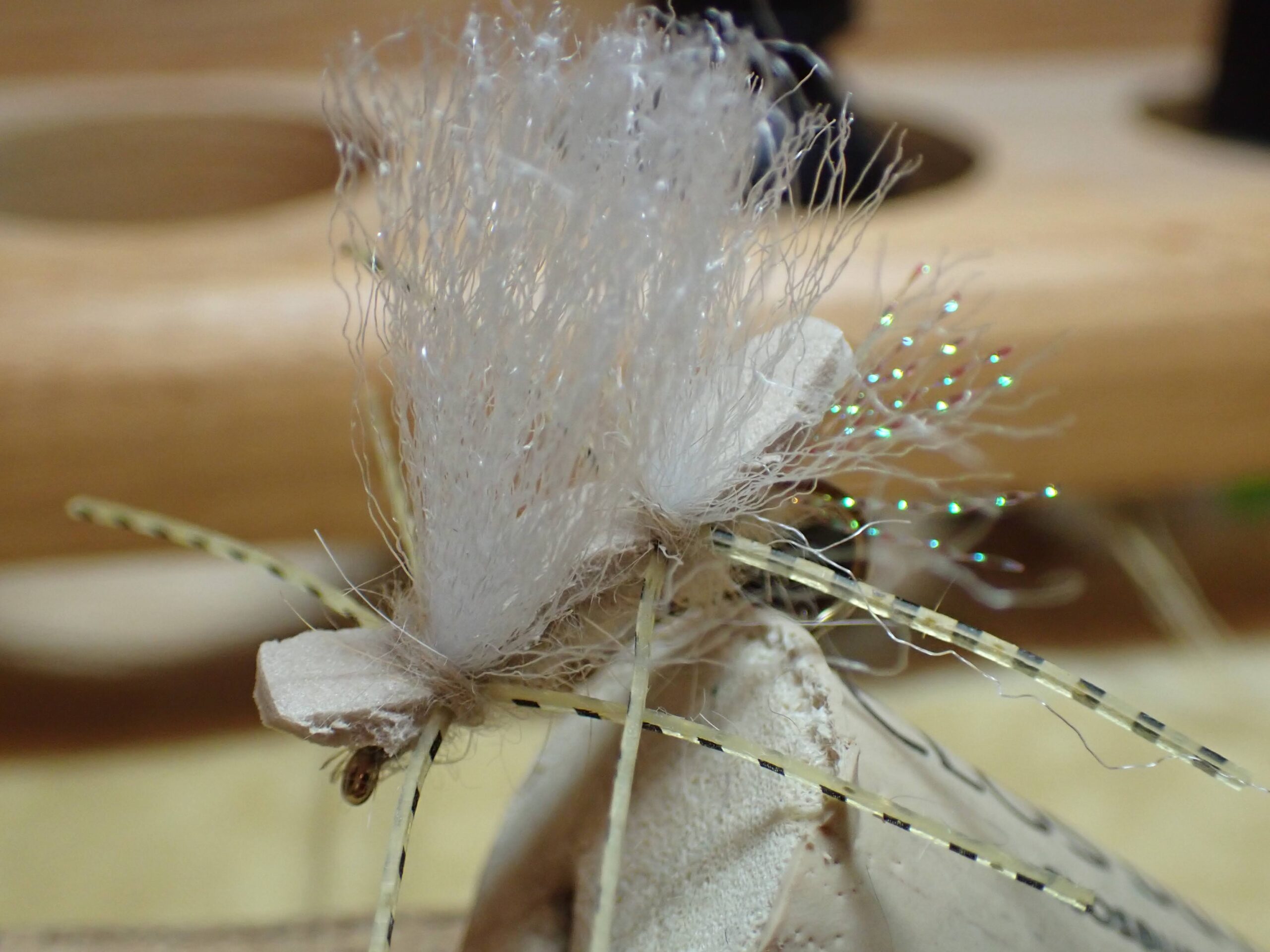 Large Wings
Large Wings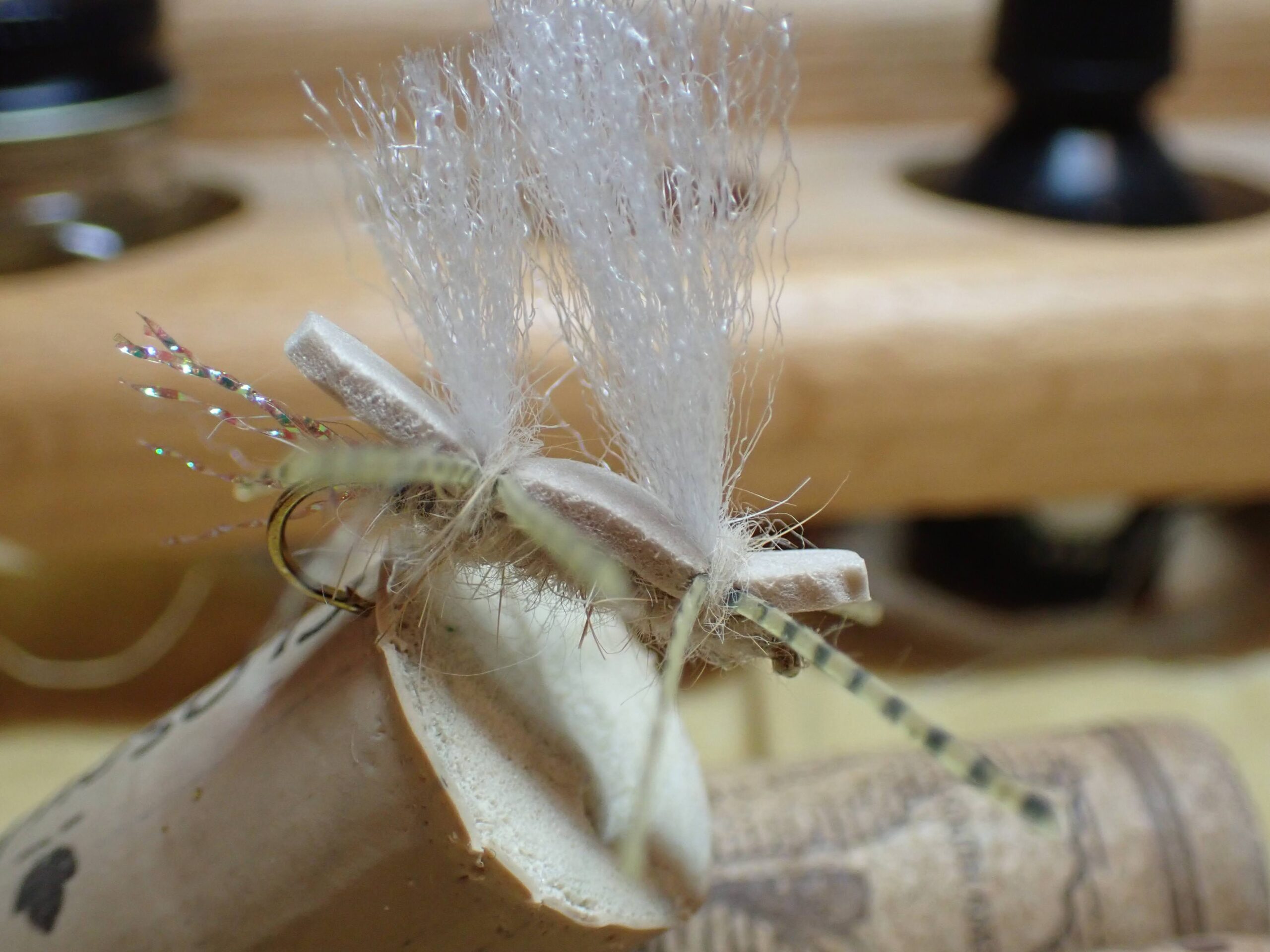 Tan Body
Tan Body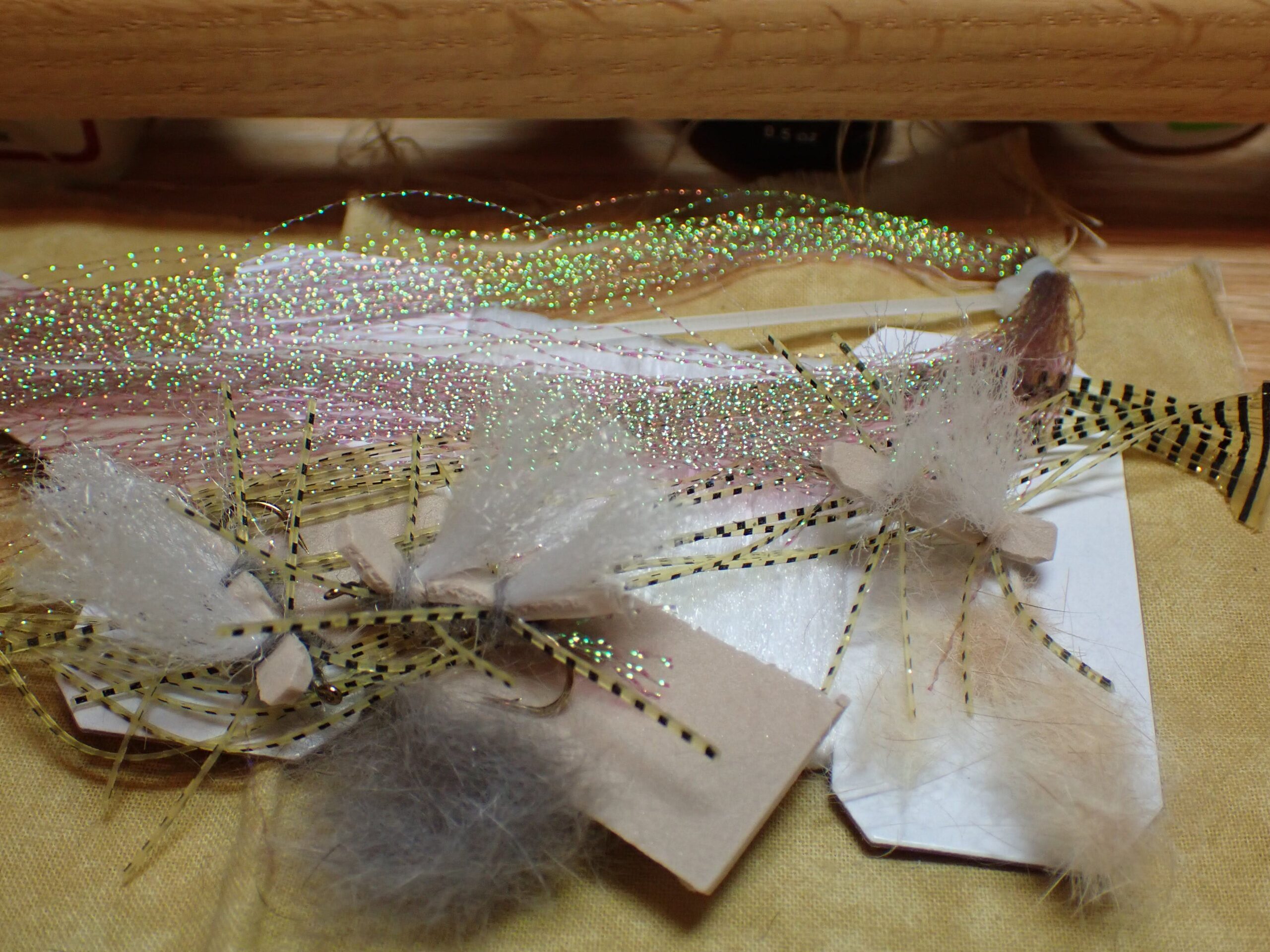 Three New Chubbys
Three New Chubbys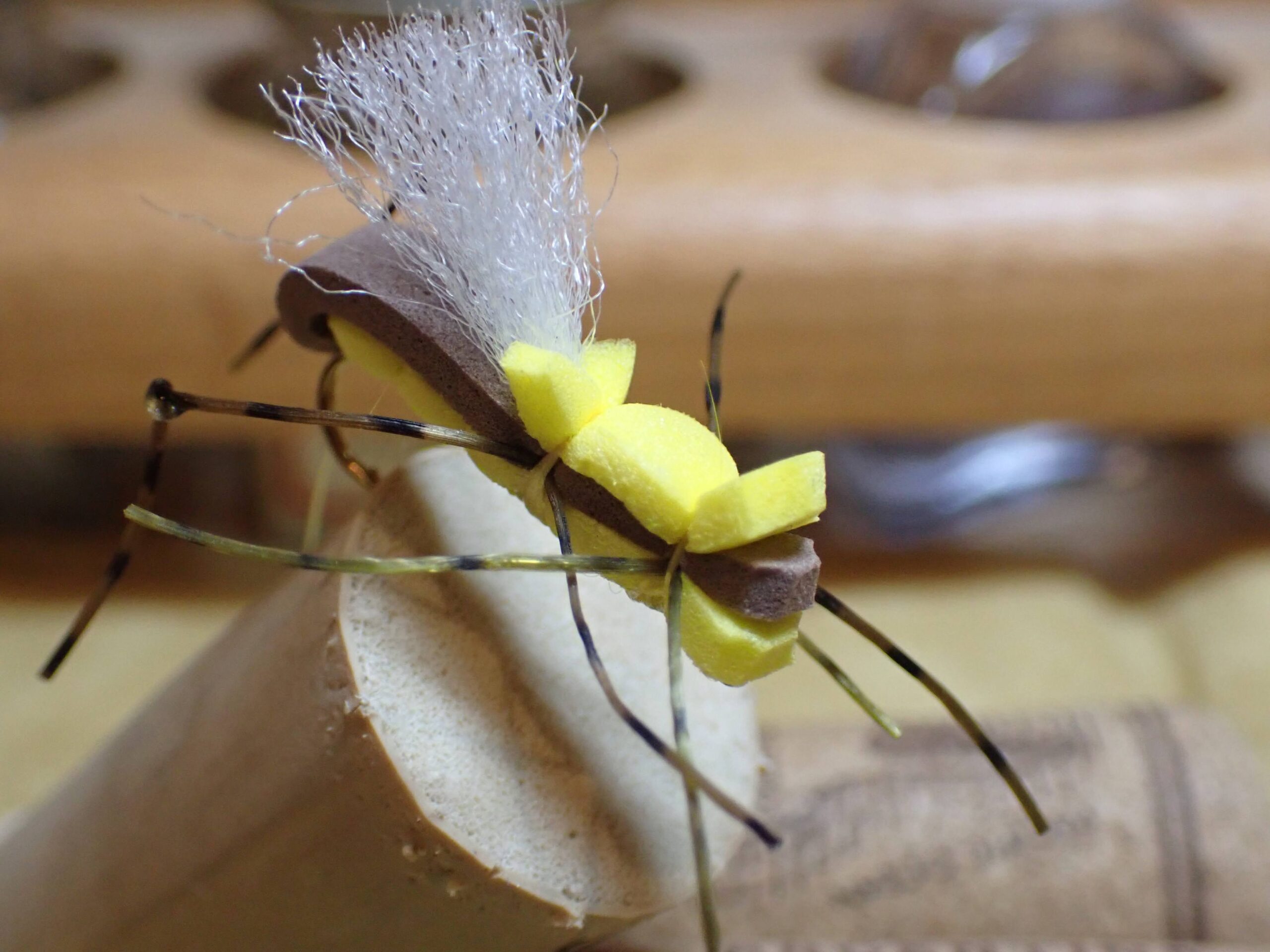 New One
New One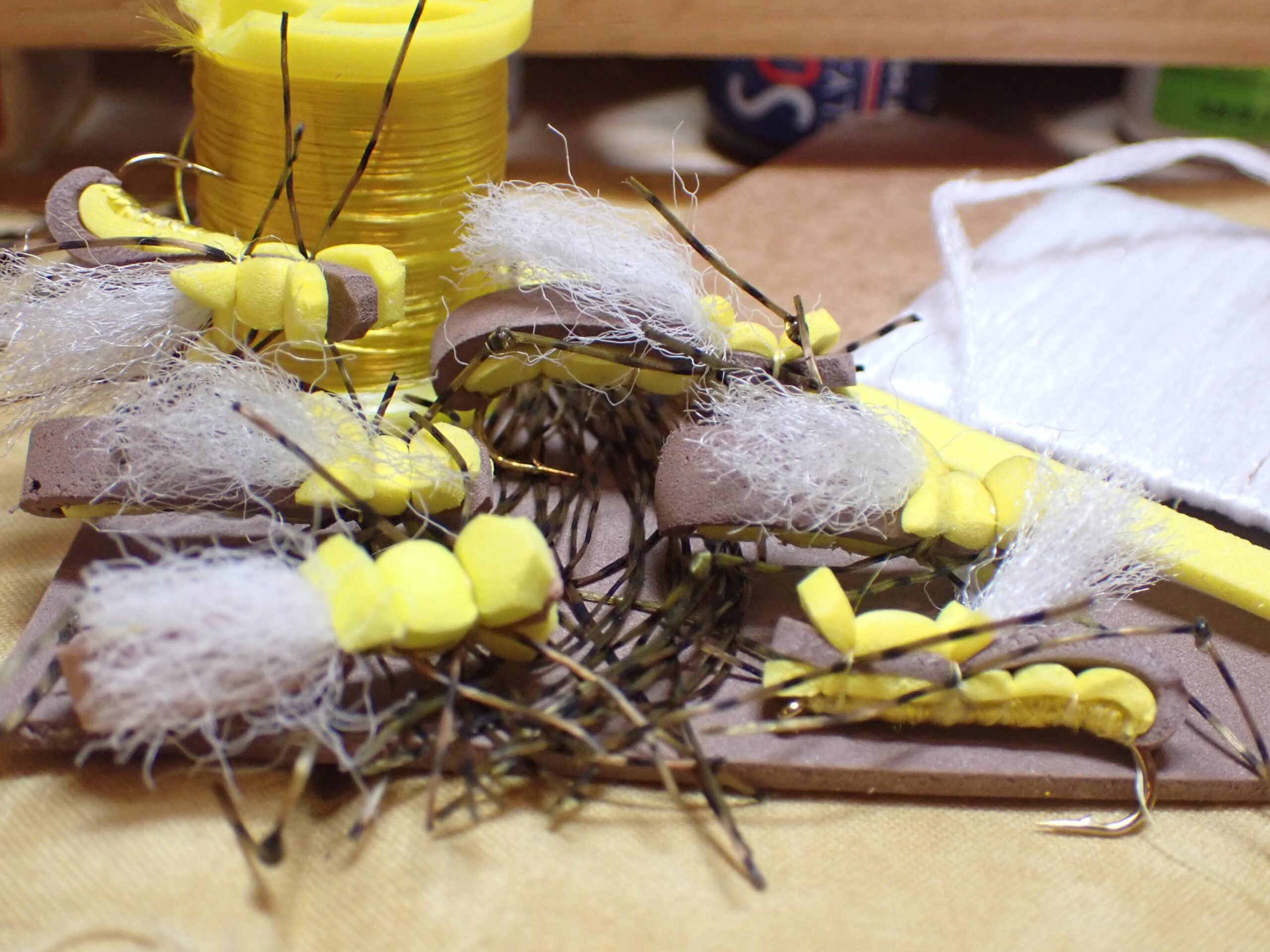 Cluster of Fat Alberts
Cluster of Fat Alberts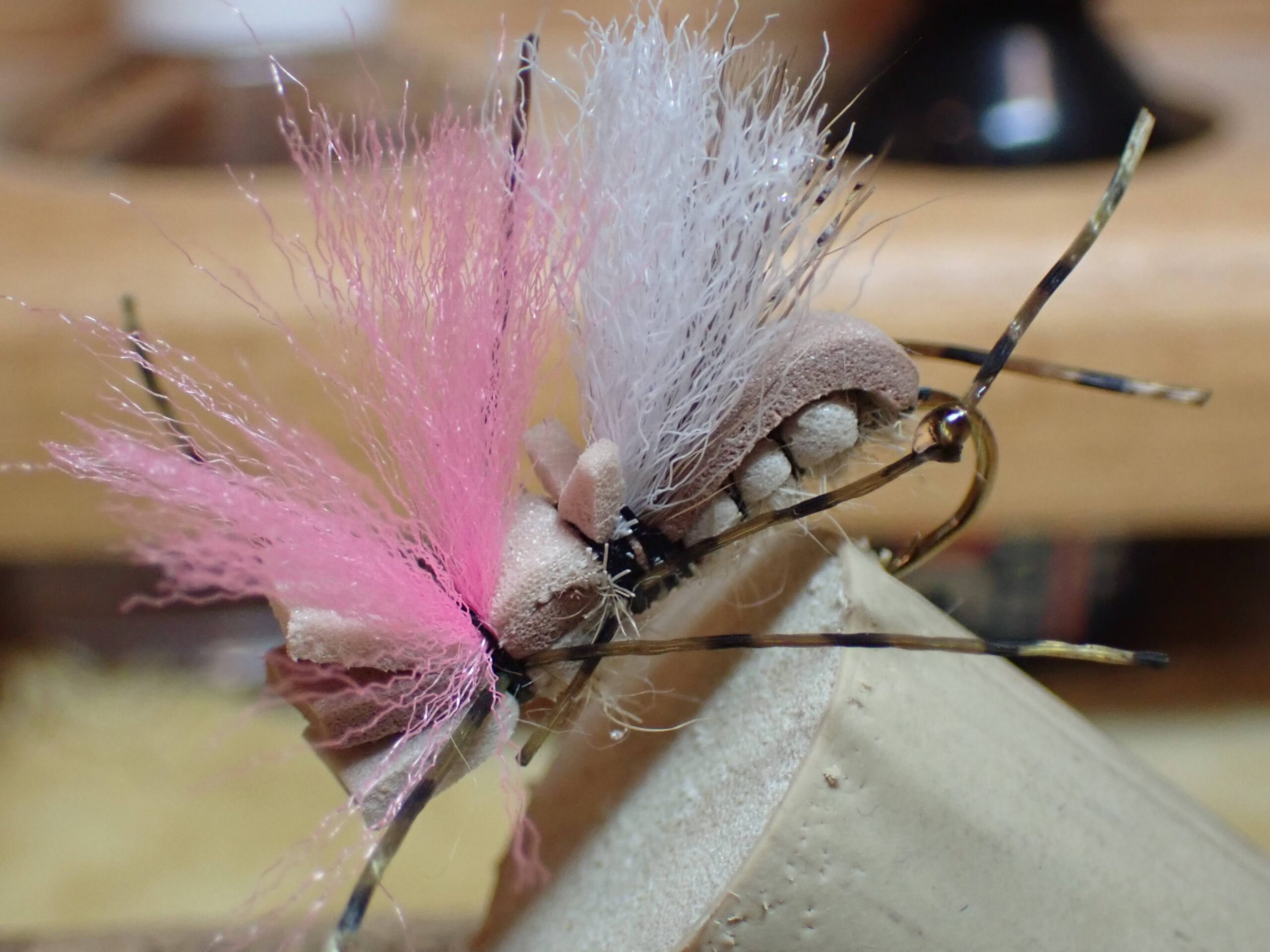 Nice Look
Nice Look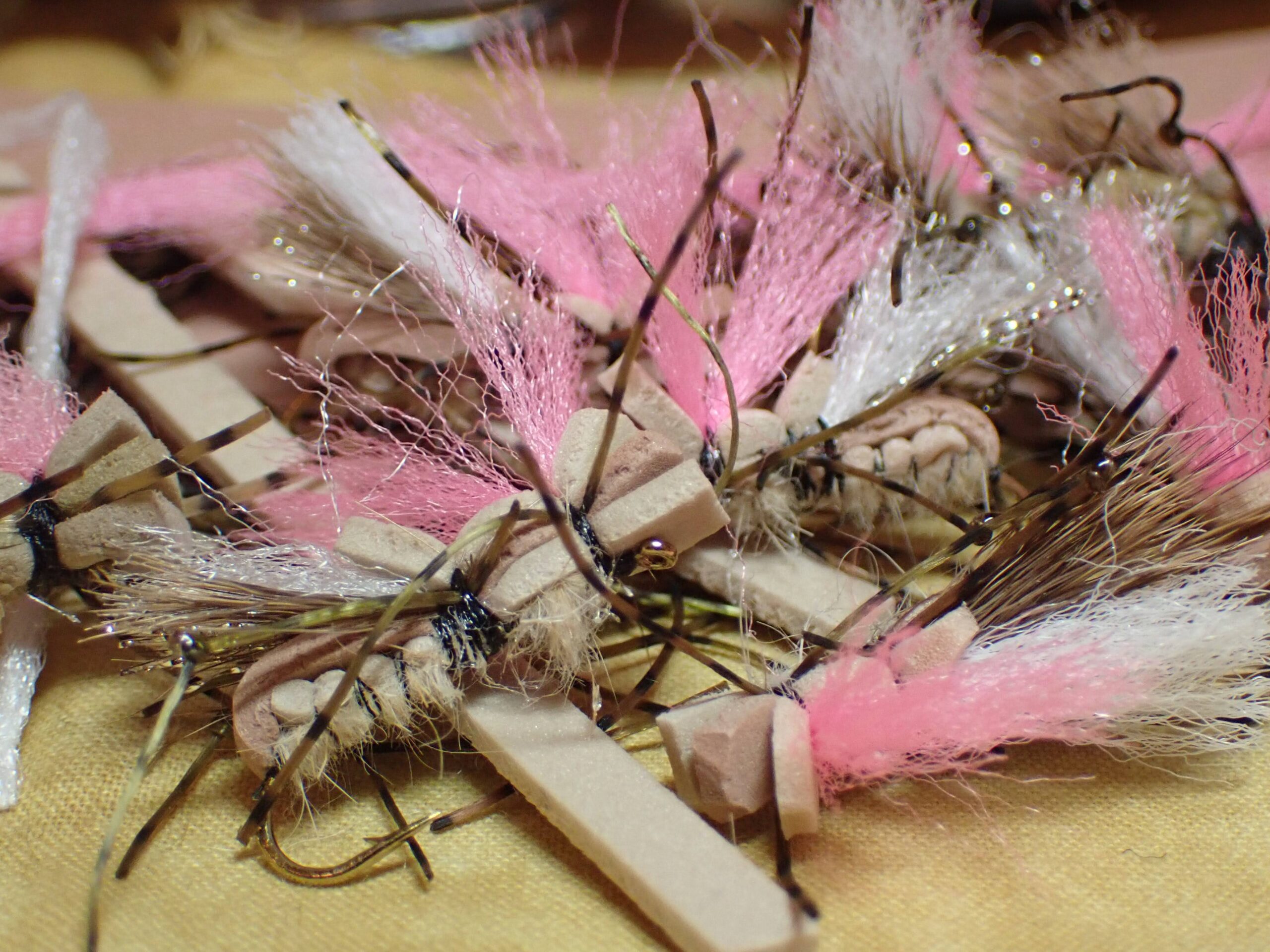 Cluster of Eight
Cluster of Eight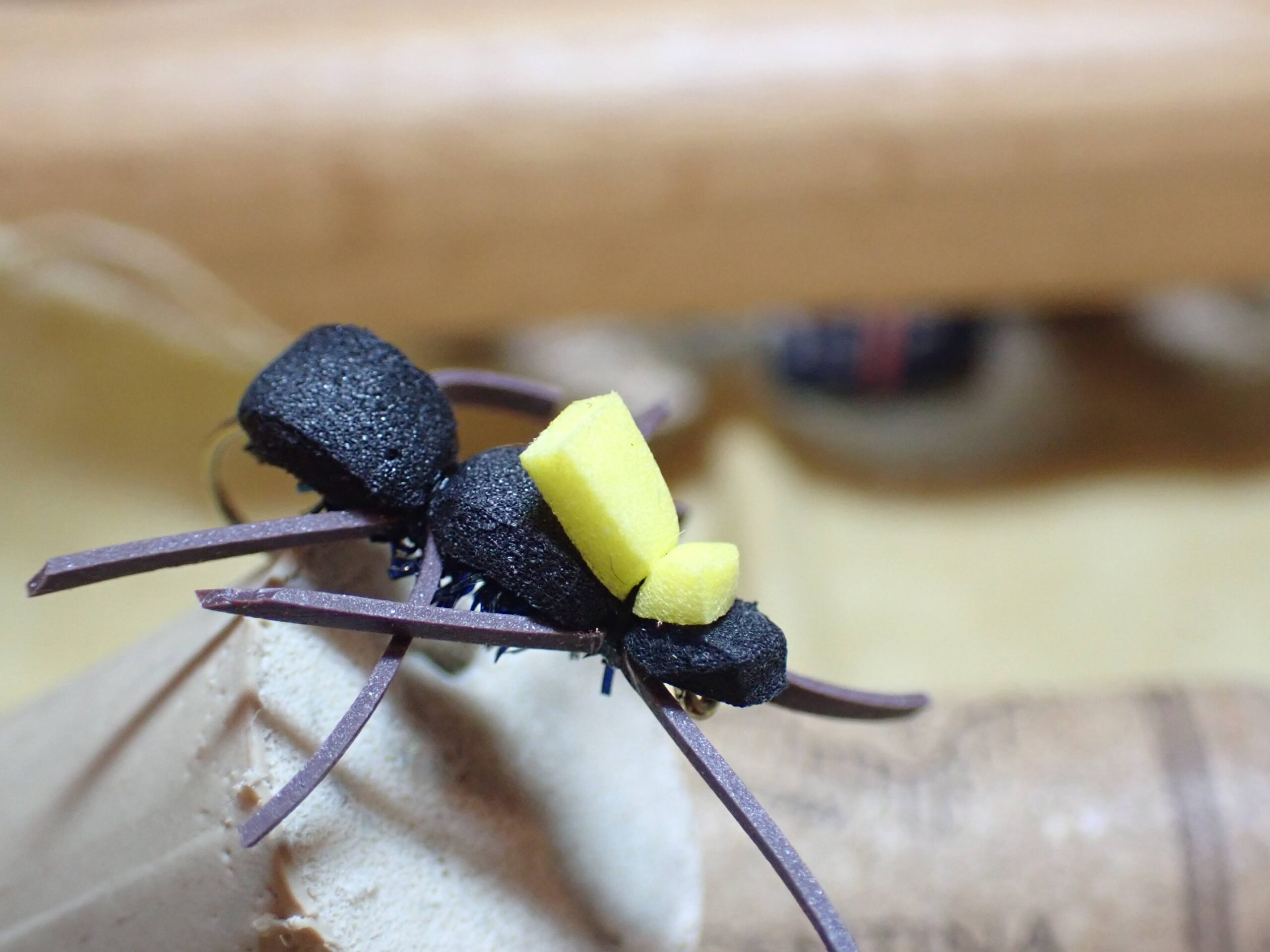 Ready For Action
Ready For Action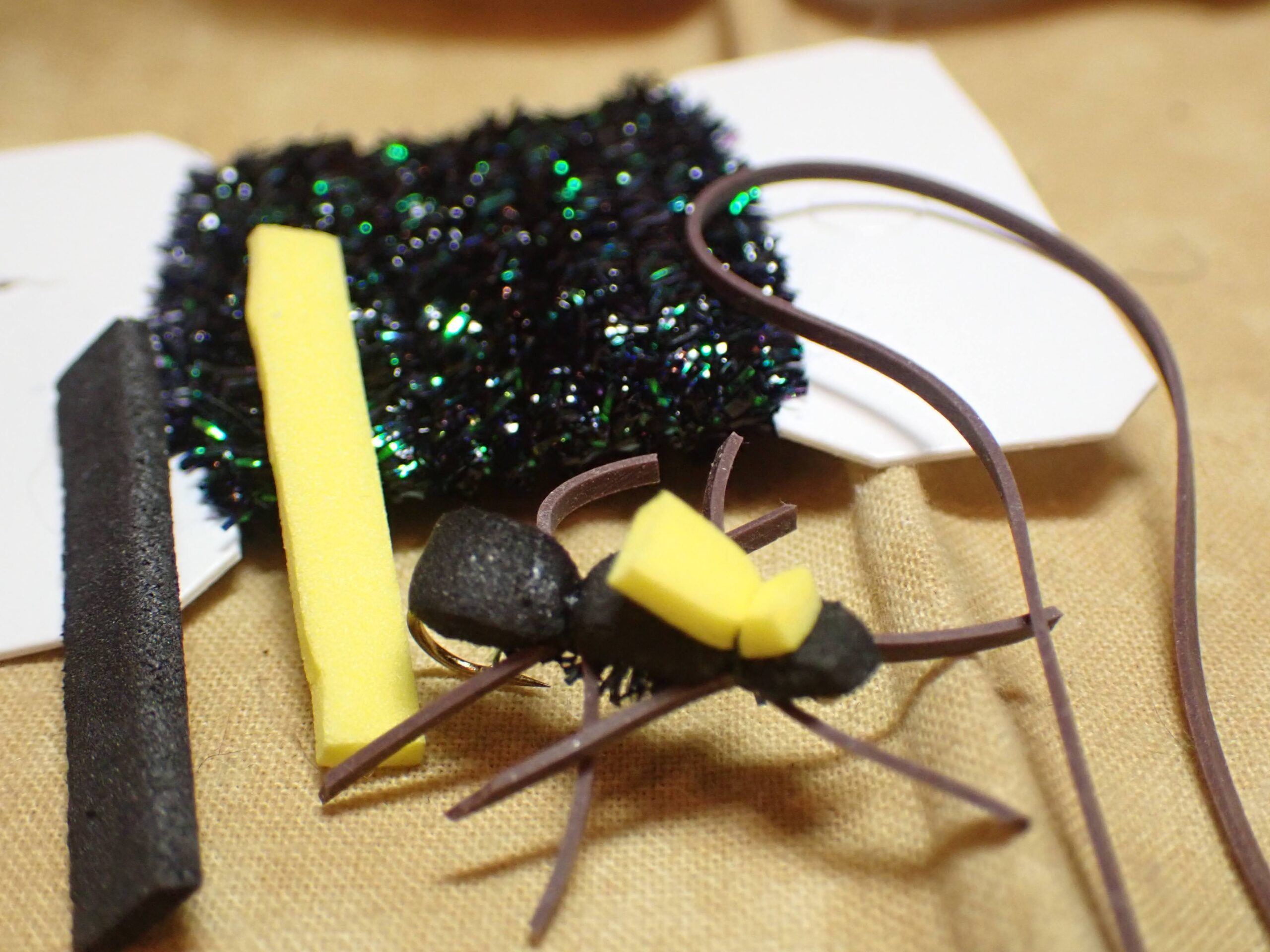 A Few Materials Required
A Few Materials Required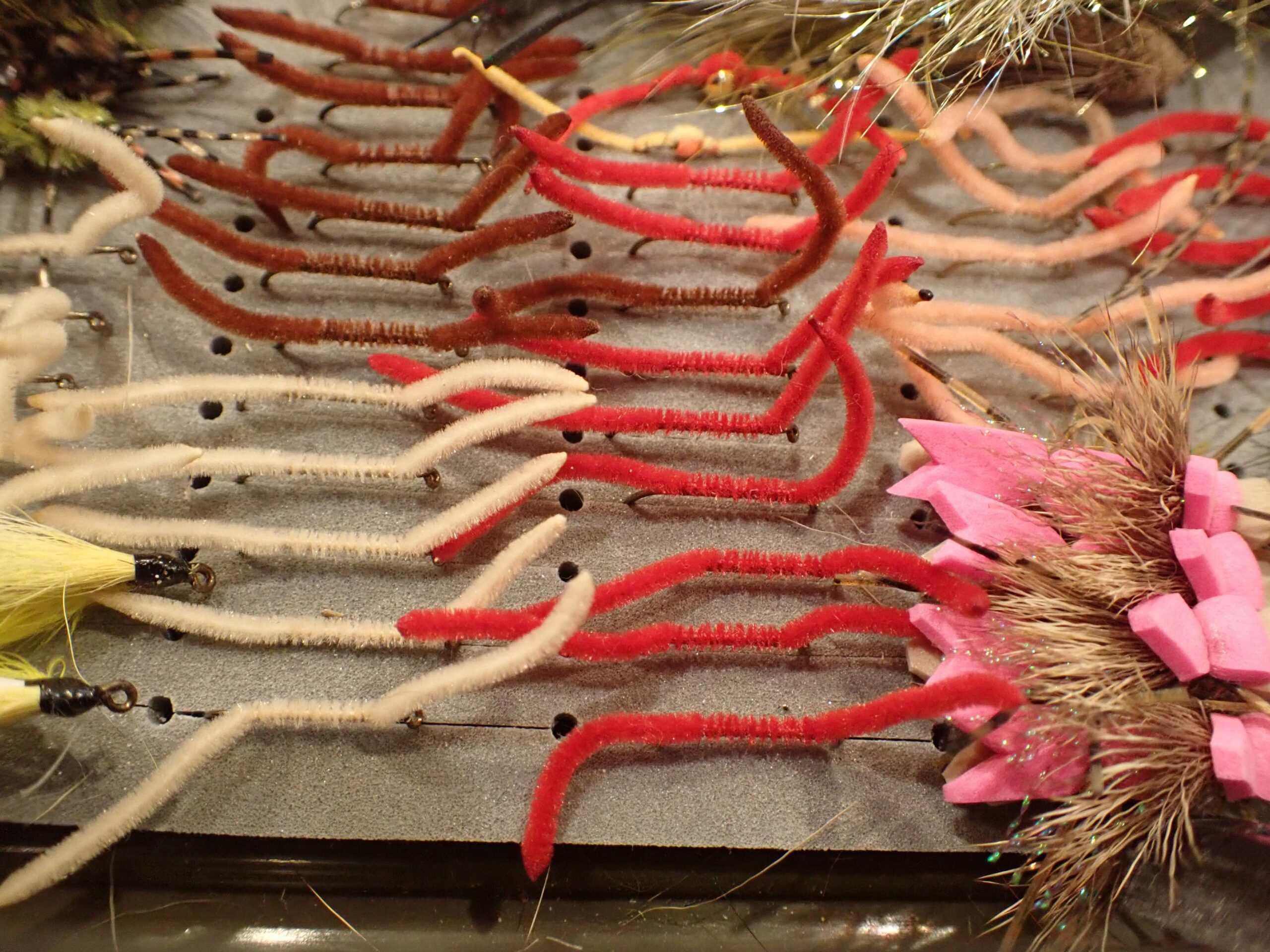 Lots of San Juan Worms
Lots of San Juan Worms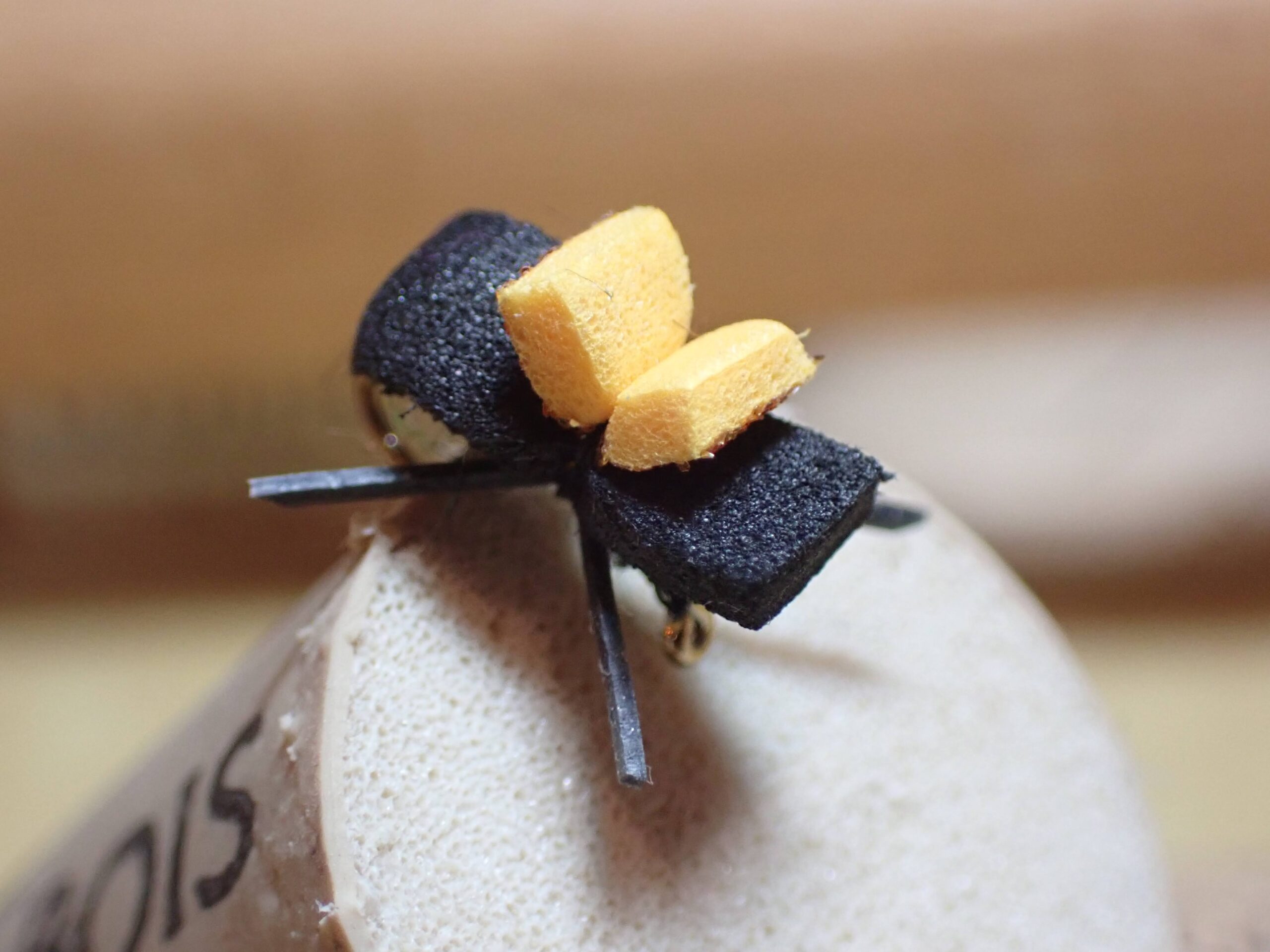 Angled Look at a size 14
Angled Look at a size 14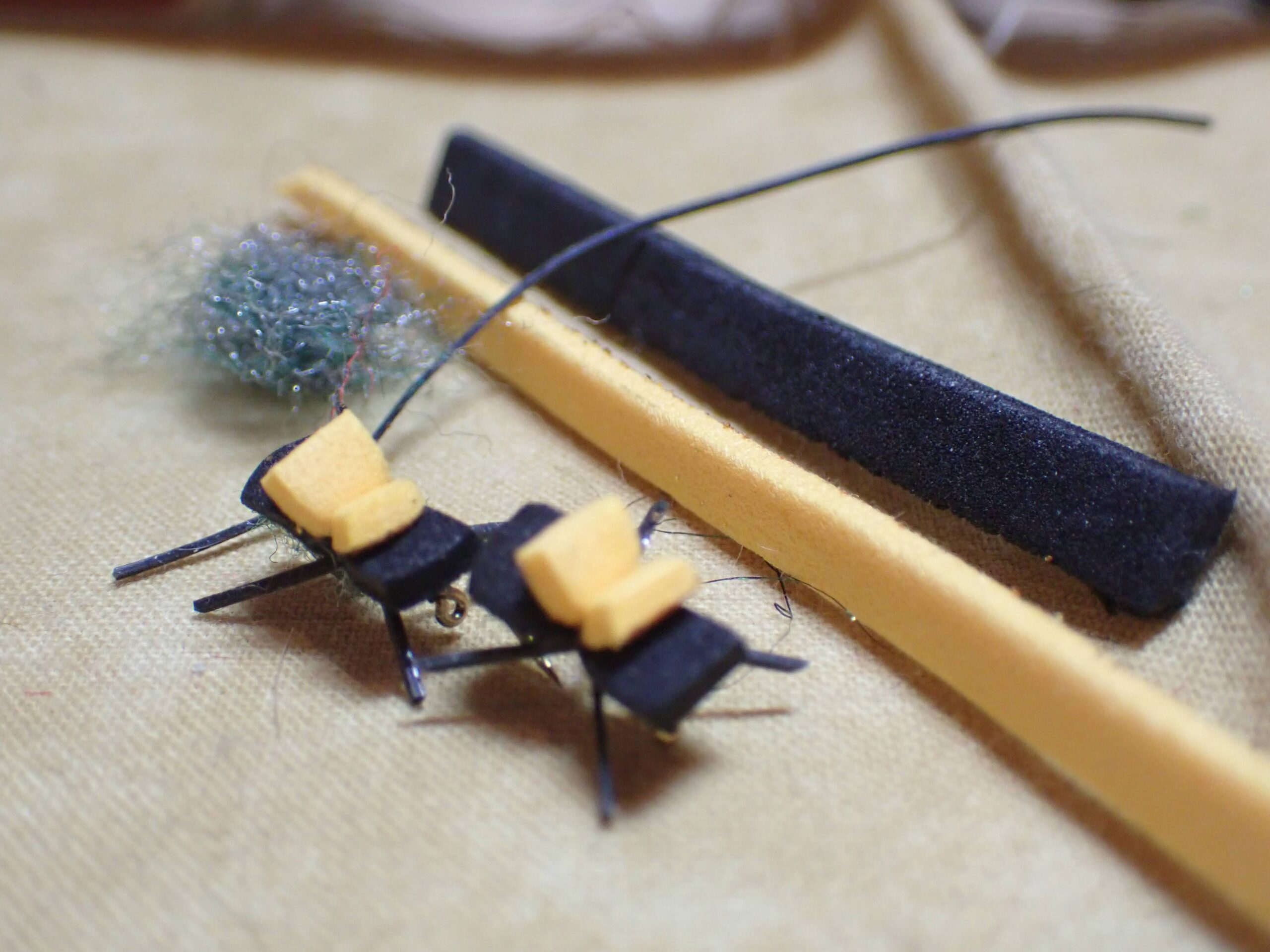 Materials and Two Beetles
Materials and Two Beetles